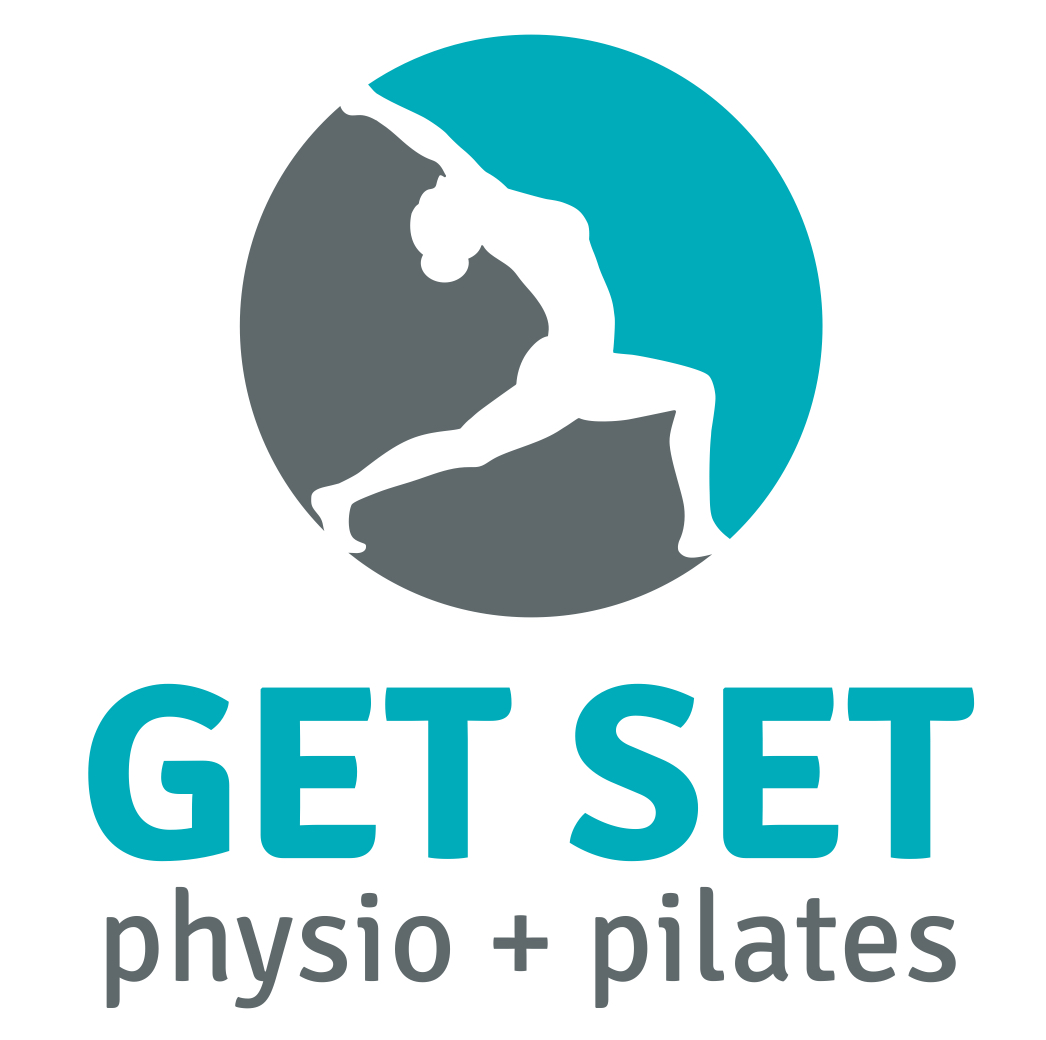In today’s world, we’re more connected than ever — but our necks are paying the price.
Whether you’re scrolling through social media, working on a laptop, or binge-watching your favourite show on a tablet, chances are your head is tilted forward for long periods. That seemingly harmless habit can cause a modern condition that physiotherapists are seeing more and more: Tech Neck.
🤔 What Is Tech Neck?
“Tech Neck” is the term used to describe the pain and stiffness that comes from spending too much time looking down at screens. When your head tilts forward — even just slightly — it puts extra strain on your neck and upper back. Over time, that strain adds up, leading to:
A stiff or sore neck
Tension headaches
Shoulder and upper back pain
Reduced mobility
Even jaw discomfort in some cases
It’s not just about pain. Poor posture can affect how you move, how you sleep, and even how you feel.
💥 Why Is It So Common Now?
With more people working from home, attending online meetings, and using phones and tablets every day, we’re spending hours in positions our bodies weren’t designed for. The more time we spend hunched over, the more likely those muscles get overworked, tight, and irritated.
Physiotherapists are now seeing Tech Neck in everyone — not just office workers. Kids, students, fitness lovers, and retirees who use devices regularly are all feeling it.
💡 What Can You Do About It?
The good news? Tech Neck is totally manageable — and even preventable. Here are a few simple tips to help:
✅ Check Your Posture
Keep your screen at eye level so you're not constantly looking down. If you use a laptop, consider a stand or external monitor.
✅ Move More Often
Your best posture is your next posture. Try to move and stretch every 20–30 minutes, even if it’s just briefly.
✅ Stretch It Out
Gentle neck and shoulder stretches throughout the day can release tension and keep your muscles happy.
✅ Strengthen Your Support System
Your neck doesn't work alone — strengthening your upper back and core muscles helps improve posture and reduce pain.
🧑⚕️ When to See a Physio
If the pain’s lingering, getting worse, or affecting your day-to-day life, it’s time to get it checked out. Physiotherapists are trained to assess your posture, identify the root cause of your discomfort, and create a personalised treatment plan that might include:
Hands-on therapy to release tight muscles
Postural retraining
Targeted exercises to improve strength and mobility
Ergonomic advice for your home or work setup
📍 Let’s Help You Feel Better
If you’ve been dealing with Tech Neck — or think you might be — don’t wait until it becomes something more serious.
👉 Book a consultation with one of our physiotherapists today (BOOK HERE). We'll assess your posture, discuss your lifestyle, and design a treatment plan to get you feeling better, faster.
Your neck (and your future self) will thank you.
